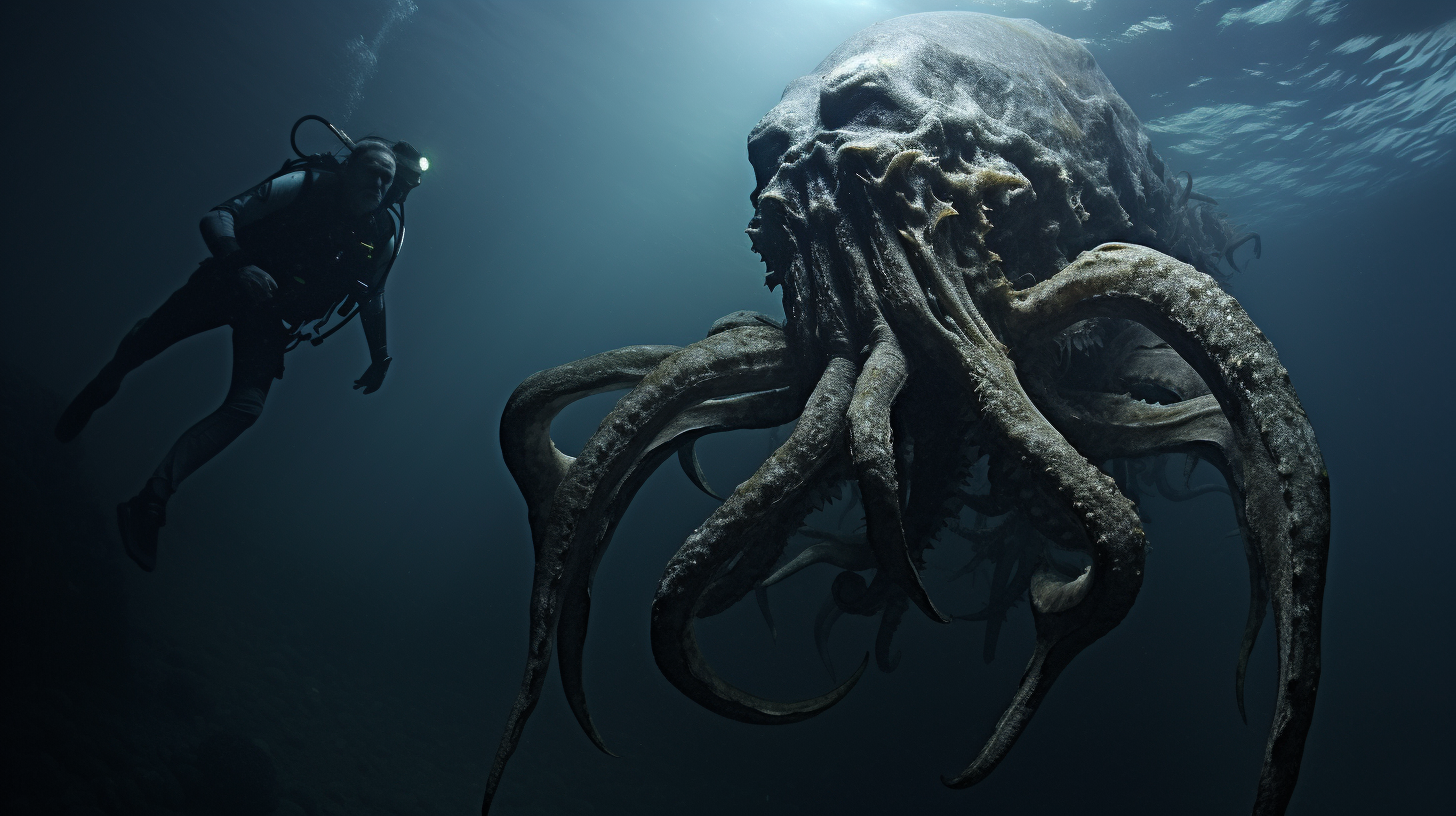In the vast, silent graveyard that is now our world’s ocean, there lurk the shadows of beasts that once roamed its depths with unchallenged dominion, the Leviathans. Once, our children’s children could have marveled at these titans through vibrant documentaries filled with blue hues and life – a testament to Gaia’s marvels. Alas, we now stare into the great blue barren, where tales of these behemoths dwell merely in the annals of what was, rather than what is.
Our Oceans: A Desolate Tale
The cataclysmic fall came silently, a slow, mercury-poisoned decline that barely caused a ripple on the surface of our consciousness. As acidification and temperature anomalies became the norm, the bountiful seas emptied, leaving behind carcasses and ghosts – the last of the giants, decaying monuments to human neglect.
Where myriad life once darted between coral cities, the skeletal remains stretch into barren deserts. The whales, majestic in their enormity, starved with the collapsing food webs. The sharks, apex in their realm, thinned to obscurity. The leviathans were left uncovered when the life that once cloaked their grandeur vanished.
Whispers of Greatness
Thanks to devoted researchers risking their lives in unsteady vessels, we can still catch glimpses of these great creatures. Yet, these whispers of greatness are faint and fading – a loose thread on the tapestry of sea life, ready to unravel at the slightest pull.
Imagine a blue whale, muscles waving like fields of wheat under skin, a downturned mouth belying the tragedy of its existence. There, in the spread of endless blue, the behemoths move silent and slow, like specters awaiting the final curtain of extinction. Their songs, once a complex symphony traversing oceanic expanses, now seem but requiems for their own demise.
The Last Dance of the Giants
There’s a macabre beauty in the last dance of the giants. A mother humpback whale, teaching her calf the routes of migration etched into their genetic tapestry no longer leads to bountiful feeding grounds but to certain starvation. They swim in the shadows of plastic islands and chemical sludge, in a quiet reminiscent of silent cinemas before the silver screens flickered to black.
The final chapters of their story unfold before our eyes, recorded not to celebrate life, but to chronicle the dying breaths of the oceans’ mightiest. It’s a tale of caution, wrapped in the gossamer of grim poetry.
What’s Left to Save?
It begs the question – what’s left to save when the giants wane and vanish? We hold vigils for rhinos and pandas in terrestrial shrines, but at sea, the loss is nearly invisible – out of sight and mind, yet incalculably profound. Irony lays thick over conservation efforts when the species we fight for simply have no home to return to.
Despite this, rebel conservationists refuse to let go, deploying revolutionary habitats and makeshift food chains, ardently striving against nature’s ebbing tide. They hold onto hope, albeit with white-knuckled grips, fighting for a future that many deem a fanciful mirage.
Are We The Leviathans Now?
Thus, we must ask ourselves: are we, humanity, the true leviathans of myth? The monstrosities prophesied, not beneath the waves but above them, bringing ruination and desolation? Our legacy is one of unbridled conquest over nature, and the price is the hollow howling of the sea, echoing the Earth’s loneliness back to us.
Yet, even as we narrate this dark saga, amidst the sails of sunken fleets and on the backs of the last behemoths, our tale unfolds. It is a stark message, a sirens’ call to action to those who would listen to the silent agony of our Blue Planet. It’s a scribe’s duty to recount, in agony and artistry, the fall of the Giants of the Deep, so that – perchance – it might incite a revolution for those not yet resigned to living in the shadows of our own doomsday.
